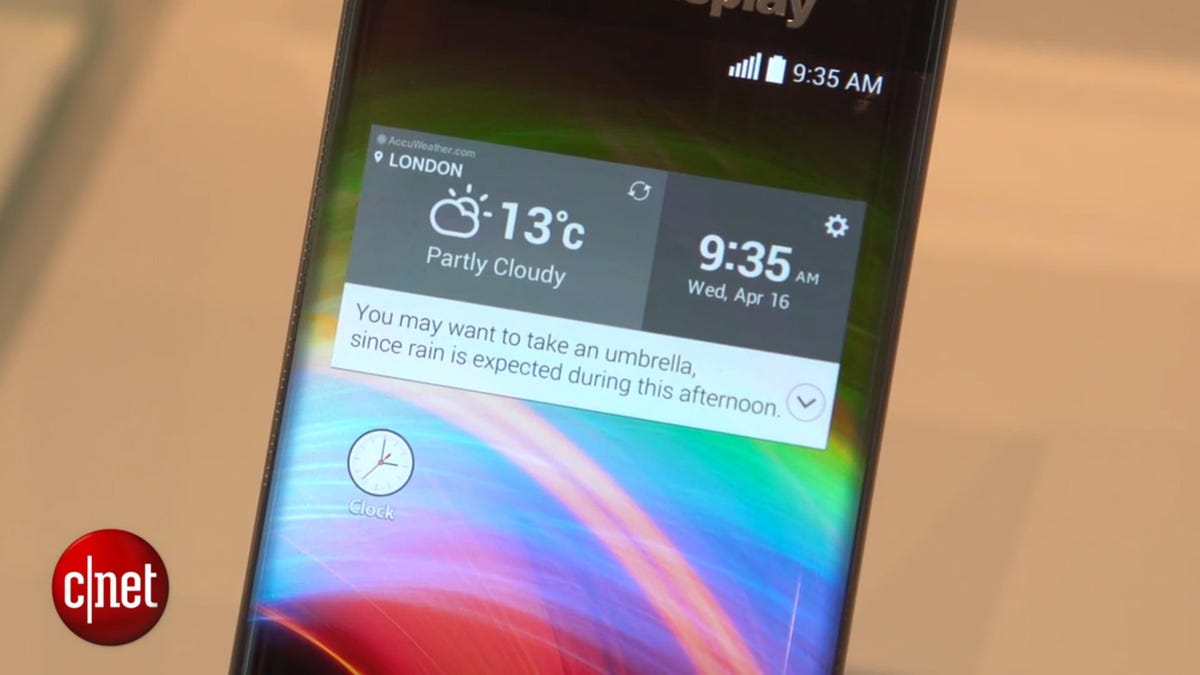
Screenshot by Lori Grunin/CNET
Smartphone innovation isn’t dead, but in the conventional sense — where radical shifts in hardware and software dramatically change how you use your phone — it’s hugely stalled. We’ll continue to see occasional wild card efforts that triumph or tank, like the Samsung Galaxy Note Edge’s curved screen and the Amazon Fire Phone ‘s “3D” cameras, respectively. Still, today’s grandest innovation isn’t about what your smartphone can do on its own. It’s about what it can do as a portal to other devices.
Phones have served as mini computers (and entertainment hubs and social centers) for years. Now they’re increasingly becoming your ticket to the world where today’s real innovation is happening: wearables and the connected home.
Your phone as Mission Control
Related stories
- LG’s double-curve screen one-ups Samsung’s Note Edge
- HTC: We’re not just about phones anymore
- Standalone smartwatch is key to true mobile freedom
- Smart phone, smarter car
Without smartphones as the always-on-you control center for accessing and manipulating these other devices, there would be no convenient way to unlock your smart door when in range, while also programming your DVR to record a new show. Through apps and sensors, phones have become the ultimate all-in-one key fob to coordinate your wide variety of disparate gadgets.
In fact, a compatible phone is the one constant for every item of connected clothing or doodad we’ve seen, from smart bands to sensor-studded socks . Even the Samsung Gear S , which is technically a standalone device, can’t install additional apps without first pairing to your phone.
The vast majority of home appliances, too, use smartphone apps to remotely manage their churning or brewing cycles and to ping you when your laundry or coffee are done. If you don’t have a smartphone, you won’t be able to use most of these cutting-edge conveniences.
Inspiration point
So much is the smartphone a given for unlocking other smart devices that it’s become a major jumping-off-point for traditional phone-makers, like Samsung with its six wrist-y wearables and virtual reality headset , and now HTC, with its ambitions to launch into connected devices for entertainment and beyond.
Appliances large, small, and smart at CES 2015 (pictures)






True, we’ll see some associated devices connect independently of a phone, as you do with the Nest thermostat’s partnership with companies like Whirlpool and various smart locks, which use if-this-then-that triggers to run an extra cycle or turn down the heat when you leave the house. Keep in mind, though, that these other appliances all have their own apps, programs you’ll still need to adjust settings on the go.
For now, at least, the flurry of innovation around smart devices and the Internet of Things is still very much tied to the phone, a status that isn’t likely to budge for years to come.



